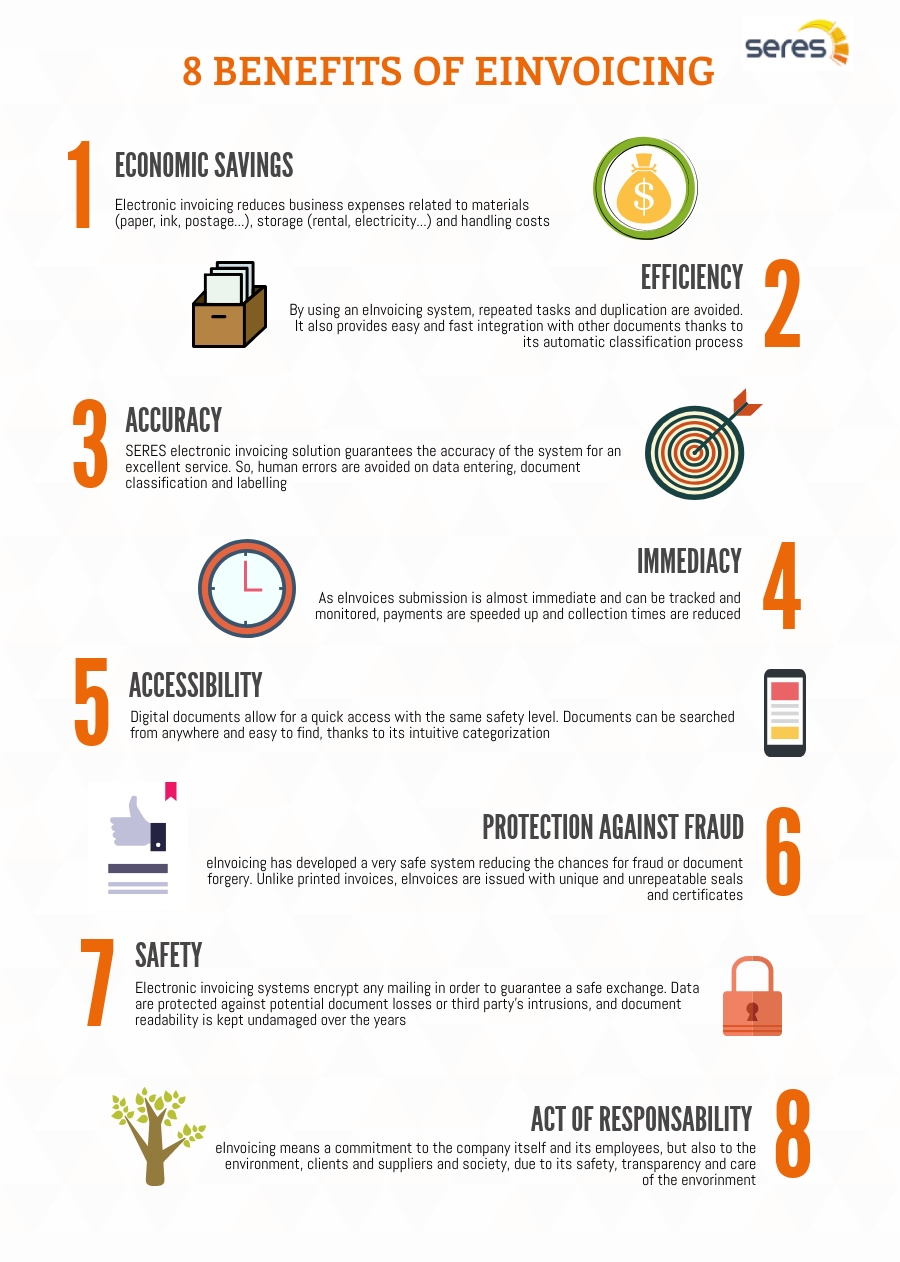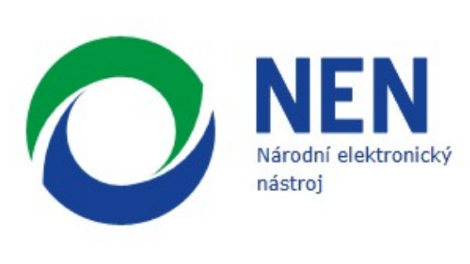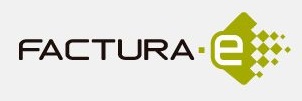8 benefits of the electronic invoice
Electronic invoice or e-Invoicing is a way of proving transactions in a more reliable, convenient, and safe way. It fulfils the same role as traditional invoice and is legally equivalent although it has many more benefits, becoming an essential resource for companies.





.jpg)


